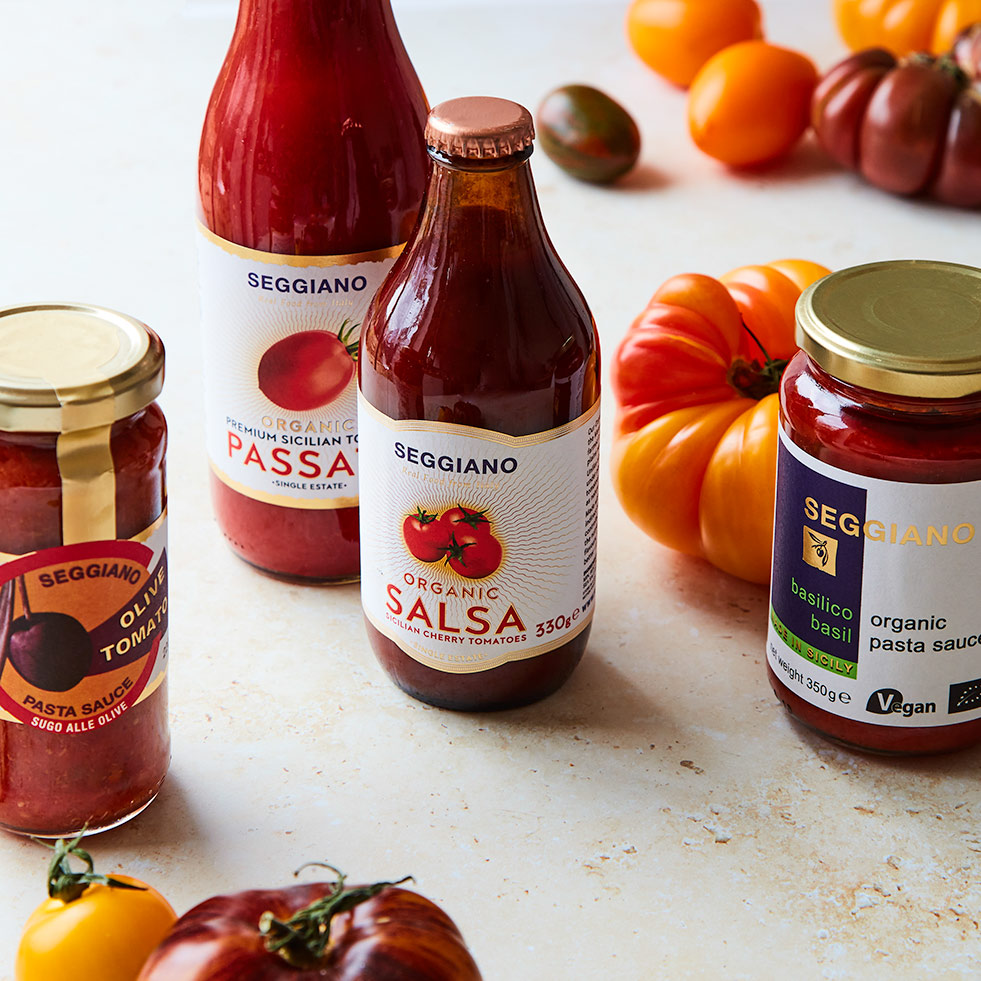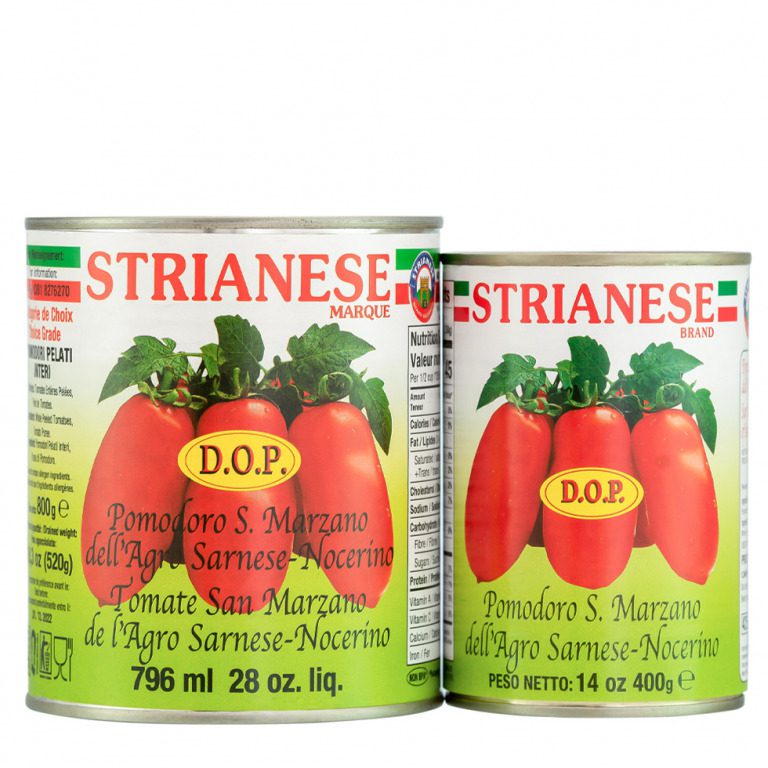0
No products in the basket.
FREE UK DELIVERY when you spend over £40

Share via
The first allusion to them in European literature appeared in an influential pharmacopoeia published in 1544 by physician and botanist Pietro Mattioli, who documented a new type of ‘melanzana’ that returning colonial explorers had brought to Italy; one that became red or golden when mature. He later classified the fruit as the pomi d’oro, or ‘golden apple’, precursing modern Italian’s pomodoro.
Initially, they were only grown in Europe as ornamental plants as people believed them to be poisonous. Technically, they weren’t wrong: when unripe, they contain solanine, the toxic “nightshade” alkaloid found in green potatoes, which can be fatal if consumed in large quantities. Earlier varieties may have produced higher levels but today’s commercially grown strains contain more tomatine, a relatively benign alkaloid that binds to cholesterol in the digestive tract and passes through the body without being absorbed into the bloodstream.

Public opinion of tomatoes, backed by scientific studies into their health-giving properties, has shifted. By 2026, global yearly consumption is forecast to reach 51 million tons, and a driving factor of this growth will be consumer awareness of their health benefits. They have been shown to support heart health and circulation, stimulate the immune system, provide anti-clotting and anti-inflammatory effects and contain high amounts of vitamin C, fibre, potassium and antioxidants.
Lycopene is their best known antioxidative polyphenol; it gives them their rich red colour and is thought to have the highest antioxidant activity of all the carotenoids. It’s abundant in fresh, cooked, tinned and processed tomatoes, which also contain the three other major carotenoids: alpha- and beta-carotene and lutein. Interestingly, when we eat tomatoes along with extra virgin olive oil, the body’s absorption of these carotenoids increases by 2 to 15 times. Manifold benefits have been described, from preventing prostate cancer, cardiovascular disease, osteoporosis and dementia to aiding recovery in sun-damaged skin.

Tomato dishes likely found their way into Italian culture through 18th-century Spanish recipes, but it wasn’t until the 19th century that Italy’s most enduring culinary icons were born; pizza and pasta al pomodoro. You probably ate pizza or pasta yesterday, didn’t you. If you didn’t, you definitely thought about it, don’t lie. Recent figures show 12 million tons of sauces were consumed globally in 2018 alone.
With its wildly diverse and fertile terrains and agricultural expertise, Italy is home to a great many specialist regional tomato varieties, as well as ways of preserving and using them. In Campania, the unique Vesuvian piennolo tomato is preserved over winter by hanging in aerated bunches. San Marzano tomatoes, also grown on the volcanic soil of Vesuvius, are the go-to canned tomato, and a successful pizza chain uses both these provenance varieties to hit the sweet spot for consumers looking for genuine quality. Independents and specialist shops in the UK also host an increasing variety of provenance and high-quality sauces, which are ever popular in the ongoing Covid work-at-home environment as consumers eat at home more.
Sicily is the home of cherry tomatoes – Pachino, datterini, grappolato – which are enjoyed for their sweetness, or high Brix levels. The deep red of these sun-ripened tomatoes are also associated with optimum lycopene presence. Typically, these are dried or used in sauces, passatas and salsas. Passata di pomodoro or sieved tomato, is an essential Italian kitchen staple, historically bottled in high summer for use in the winter months. Passata is typically used as a pasta sauce base.
Tomato salsa differs from passata, in that its sugars and flavours are concentrated by cooking.
Apart from our single-estate Passata, made from a Tuscan variety tomato, all Seggiano sauces are made in Sicily. As one would expect for a good pasta sauce, our organic tomatoes are sourced from Campania.
Share via
Tomato Crazy!
Add all related products to your basket with one click!

400g, 800g
£1.85

400g, 800g
£1.85